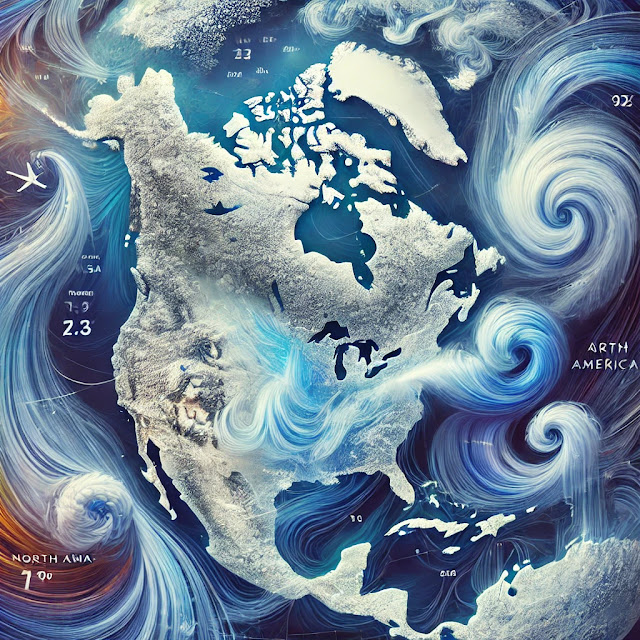Removal of the unwanted materials example:- sand, clay etc. from the ore is known as
concentration, dressing or benefaction. It involves several steps and selection of these steps depend upon differences in physical properties of the compound of the metal present and that of gangue. The type of metal, the available facilities, and the environmental factors are also taken in consideration. Some of the important methods are described below.
Hydraulic Washing
This is based on the differences in gravities of the ore and the gangue particles. It is therefore a type of gravity separation. In one such process an upward stream of running water is used to wash the powdered ore. The lighter gangue particles are washed away and the heavier ores are left behind.
Magnetic Separation
This is based on differences in magnetic properties of the ore components. If either the ore or the gangue is capable of being attracted by a magnetic field, then such separations are carried out (e.g. in case of iron ores). The ground ore is carried on a conveyer belt which passes over a magnetic roller.
Froth Floatation Method
This method has been in use for removing gangue from sulphide ores. In this process, a suspension of powdered ore is made with water. To it,
collectors and
froth stabilisers are added. Collectors (e.g., pine oils, acids, xanthates, etc.)enhance non-wettability of the mineral particles and froth stabilisers (e.g.,cresols, aniline) stabilise the froth.
The mineral particles become wet by oils while the gangue particles by water. A rotating paddle agitates mixture and draws air in it. As a result, froth is formed which carries the mineral particles. The froth is light and is skimmed off. It is then dried for recovery of the ore particles.
Sometimes, it is possible to separate two sulphide ores by adjusting proportion of oil to water or by using depressants . For example, in case of an ore containing ZnS and PbS, the depressants used is NaCN. It selectively prevents ZnS from coming to the froth but allows PbS to come with the froth.
Leaching
Leaching is often used if the ore is soluble in some suitable solvent. the following example illustrate the procedure: Leaching of alumina from bauxite
The principle ore of aluminium bauxite, usually contains SiO2 iron oxide and titanium oxide(TiO2)as impurities. Concentration is carried out by digesting the powdered ore with a concentrated solution of NaOH at 473 - 523 K and 35 - 36 bar pressure. This way, aluminium oxide is leached out as sodium aluminate leaving the impurities behind.
The aluminate in solution is neutralised by passing CO2 gas and hydrated aluminium oxide is precipitated. At this stage the solution is seeded with freshly prepared samples of hydrated aluminium oxide which induces the precipitation.
The sodium silicate remains in the solution and hydrated alumina is filtered, dried and heated to give back pure aluminium oxide.







Comments
Post a Comment